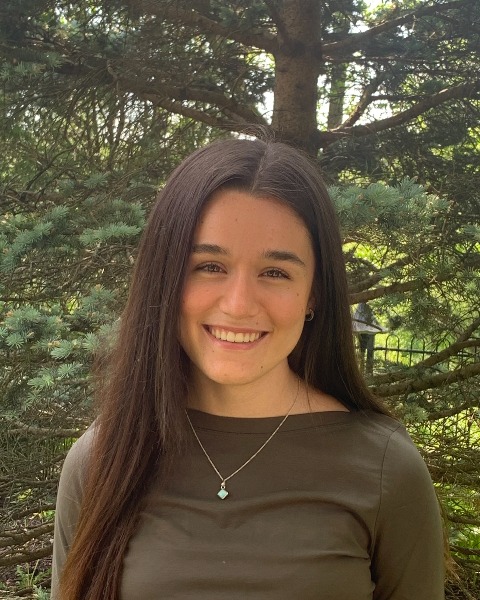Bones, Cartilage & Teeth Posters
Poster: Bones, Cartilage & Teeth Posters
29 - Applying Bone Densitometry to Commingled Bone Fragment Identification in Forensic Anthropology
Monday, March 25, 2024
10:15am - 12:15pm US EDT
Location: Sheraton Hall
Poster Board Number: 29
There are separate poster presentation times for odd and even posters.
Odd poster #s – first hour
Even poster #s – second hour
Co-authors:
There are separate poster presentation times for odd and even posters.
Odd poster #s – first hour
Even poster #s – second hour
Co-authors:
Tracy Rogers, Ph.D. - Department of Anthropology - University of Toronto

Hannah Whitelaw, HBSc.
Graduate Student
University of Toronto
Toronto, Ontario, Canada
Presenting Author(s)
Abstract Body : Introduction. Accurate methods for sorting and reassociating commingled fragmented remains is one of the greatest difficulties in forensic anthropology. Commingling, the mixing of human remains, results from contexts including mass graves, high-casualty mass disasters, and bioarchaeological contexts such as deliberate Indigenous ossuary burials. Currently, in cases of commingled fragmented individuals, reassociation by forensic anthropologists is conducted using visual methods, however, these methods are highly observer biased and offer uncertain accuracy. Dual-energy X-ray Absorptiometry (DXA), also known as bone densitometry, is an imaging technology used in clinical medicine to quantify bone mineral density (BMD) to evaluate bone health in living patients. Purpose. My research aims to assess if commingled fragmented skeletal remains can be separated and reassociated through the use of DXA detecting similarities in BMD values to increase the accuracy of reassociation methods performed by forensic anthropologists. DXA could be an applicable method because it produces low-dose radiation, is non-destructive to skeletal materials, is low-cost, and produces accurate measurement results. Methods. A pilot study was administered through the conduction of DXA scans using an identified femoral fragment sample to assess BMD in each fragment. The BMD values were compared to assess if bone densitometry can correctly reassociate commingled fragments or exclude possible fragment matches based on similarities or differences between BMD. This study was supplemented through within- and between-individual statistical analyses of BMD clinical data from the National Health and Nutrition Examination Surveys (NHANES) to further investigate the potential of bone densitometry for commingled cases. Results. Preliminary findings of the clinical data analyses show that bone densitometry could be used to reassociate individuals of different age and sex categories through significantly different group BMD values, except for individuals < 18 years of age. The results of the DXA scan pilot study are pending upon submission of this abstract. Significance. This research can serve as a foundation for the development of a systematic bone fragment identification method for various commingling contexts. It can also benefit repatriation efforts by providing families with a greater amount of recovered identified remains of their loved ones. More broadly, it highlights the applicability of clinical imaging techniques to forensic and biological anthropology.

